Maintaining proper hygiene becomes increasingly challenging yet critically important as Golden Retrievers enter their senior years. Age-related changes in mobility, skin condition, and overall health create unique hygiene challenges that require modified approaches and increased attention to prevent discomfort, infections, and quality of life deterioration.
Senior Golden Retrievers may struggle with self-grooming due to arthritis, reduced flexibility, or decreased energy levels, making them dependent on their human caregivers for maintaining cleanliness and comfort. Understanding these challenges and implementing appropriate hygiene care protocols can significantly impact their health, dignity, and overall well-being.
Proper hygiene care for senior dogs extends beyond simple cleanliness, encompassing skin health maintenance, infection prevention, odor control, and comfort preservation that supports both physical health and emotional well-being throughout the aging process.
Understanding Hygiene Challenges in Senior Dogs
Age-Related Physical Changes
Mobility Limitations and Self-Grooming
Arthritis, joint stiffness, and muscle weakness commonly affect senior Golden Retrievers’ ability to perform natural grooming behaviors. Dogs may struggle to reach certain areas of their bodies, leading to accumulation of dirt, debris, and dead skin cells in hard-to-reach locations.
The decreased flexibility particularly affects the ability to groom the rear end, back legs, and areas around the base of the tail. These regions may develop matting, odor, or skin irritation without regular human intervention and assistance.
Reduced energy levels and overall discomfort may also decrease motivation for self-grooming, even in areas the dog can still physically reach, leading to overall decline in cleanliness and coat condition.
Skin and Coat Changes
Senior Golden Retrievers often experience changes in skin elasticity, oil production, and coat texture that affect hygiene needs and grooming requirements. The skin may become drier and more sensitive, requiring gentler cleaning approaches and specialized products.
Coat changes may include increased shedding, development of mats more easily, or changes in texture that affect how dirt and debris accumulate. These changes require modifications in grooming frequency and techniques.
Slower cell turnover and healing processes mean that minor skin irritations or injuries from grooming may take longer to heal, requiring more careful handling and monitoring during hygiene care procedures.
Health Conditions Affecting Hygiene
Incontinence and Elimination Issues
Senior Golden Retrievers may develop urinary or fecal incontinence due to weakened sphincter muscles, cognitive changes, or underlying health conditions. This creates significant hygiene challenges requiring frequent cleaning and protective measures.
Mobility issues may prevent dogs from positioning themselves properly during elimination, leading to soiling of the rear legs, tail, and surrounding fur. This requires immediate cleaning to prevent skin irritation and odor development.
Some senior dogs may have difficulty signaling their need to eliminate or may not reach appropriate areas in time, creating additional hygiene challenges that require patience and understanding from caregivers.
Dental Health Deterioration
Poor dental health common in senior dogs can contribute to overall hygiene challenges through bad breath, drooling, and potential oral infections that affect eating and grooming behaviors.
Painful dental conditions may cause dogs to avoid eating certain foods or chew toys that previously helped with natural teeth cleaning, leading to accelerated dental hygiene deterioration.
Oral health problems can also affect the dog’s ability to groom themselves effectively, as mouth discomfort may discourage normal licking and cleaning behaviors.
Comprehensive Hygiene Assessment and Planning
Daily Hygiene Needs Evaluation
Individual Assessment Criteria
Each senior Golden Retriever requires individual assessment of hygiene needs based on their specific health conditions, mobility limitations, and lifestyle factors. Dogs with arthritis may need more frequent cleaning of areas they cannot reach, while those with incontinence require different approaches.
Activity levels, indoor versus outdoor time, and seasonal factors all influence hygiene needs and should be considered when developing care routines. More active dogs may require more frequent cleaning, while sedentary dogs may need assistance with areas affected by prolonged lying.
Understanding the individual dog’s tolerance for handling and grooming procedures helps develop approaches that maintain necessary hygiene while minimizing stress and discomfort during care procedures.
Environmental Factors
Living environment significantly impacts hygiene needs, with dogs spending more time outdoors requiring different care than primarily indoor dogs. Seasonal changes also affect grooming requirements and hygiene challenges.
Home flooring, bedding materials, and general cleanliness affect how quickly dogs become soiled and what types of cleaning approaches work best for maintaining hygiene between formal grooming sessions.
Climate factors such as humidity, temperature, and seasonal allergies can affect skin condition and hygiene needs, requiring adjustments in care routines throughout the year.
Daily Hygiene Care Protocols
Basic Cleaning Routines
Face and Eye Care
Daily face cleaning becomes particularly important for senior Golden Retrievers who may develop increased eye discharge, food debris accumulation, or difficulty keeping their faces clean independently. Use lukewarm water and soft cloths to gently clean around the eyes, removing discharge and preventing irritation.
Eye area cleaning requires special attention to prevent introducing bacteria or causing irritation to sensitive tissues. Clean from the inner corner outward, using separate sections of cloth for each eye to prevent cross-contamination.
Some senior dogs develop tear staining or chronic eye discharge that requires daily attention to prevent skin irritation and bacterial overgrowth in the moist areas around the eyes.
Oral Hygiene Maintenance
Daily oral care becomes increasingly important as dogs age and natural teeth-cleaning mechanisms become less effective. Brushing teeth with dog-safe toothpaste or using oral care wipes can help maintain dental hygiene and prevent serious dental disease.
For dogs who resist tooth brushing, alternatives such as dental chews designed for senior dogs, water additives, or oral care gels can provide some benefit, though they may not be as effective as mechanical cleaning.
Regular oral examinations during daily care help identify developing problems such as broken teeth, gum inflammation, or oral masses that require veterinary attention.
Ear Care and Monitoring
Senior Golden Retrievers’ ears require regular inspection and cleaning to prevent infections that can become serious in older dogs with compromised immune systems. Check for odor, discharge, redness, or excessive wax accumulation during daily care routines.
Gentle cleaning with appropriate ear cleaning solutions helps remove debris and excess wax while allowing inspection for signs of infection or irritation that may require veterinary treatment.
Dogs with chronic ear problems may require more frequent cleaning or medicated treatments as prescribed by veterinary professionals experienced in senior dog care.
Hygiene Care Management Table
| Care Area | Daily Requirements | Weekly Requirements | Monthly Requirements | Warning Signs | Special Considerations |
|---|---|---|---|---|---|
| Face/Eyes | Gentle cleaning, discharge removal | Deep cleaning, tear stain treatment | Professional assessment if needed | Excessive discharge, redness, swelling | Use separate cloths for each eye |
| Oral Care | Tooth brushing or alternatives | Thorough oral examination | Professional dental evaluation | Bad breath, bleeding gums, difficulty eating | Senior-specific dental products |
| Ears | Visual inspection, basic cleaning | Thorough cleaning, deep inspection | Professional ear examination | Odor, discharge, head shaking | Gentle handling for arthritic dogs |
| Coat Brushing | Spot brushing, mat prevention | Full body brushing, undercoat care | Professional grooming consultation | Matting, skin irritation, excessive shedding | Shorter sessions for comfort |
| Paw Care | Visual inspection, cleaning | Detailed examination, nail assessment | Professional nail trimming | Swelling, limping, overgrown nails | Non-slip surfaces during care |
| Sanitary Areas | Cleaning as needed, inspection | Thorough cleaning, hair trimming | Professional sanitary trimming | Odor, irritation, matting | Extra gentleness for sensitive areas |
Bathing and Full Body Cleaning
Modified Bathing Techniques
Senior Golden Retrievers may require modifications to traditional bathing approaches due to mobility limitations, temperature sensitivity, and increased stress susceptibility. Shorter, more frequent baths may be preferable to lengthy bathing sessions.
Water temperature should be carefully controlled to prevent chilling or overheating, as senior dogs may have difficulty regulating body temperature effectively. Lukewarm water and warm environments help maintain comfort during bathing.
Non-slip surfaces in bathing areas prevent falls and injuries while reducing anxiety about bathing procedures. Some senior dogs benefit from sitting during baths rather than standing for extended periods.
Waterless Cleaning Alternatives
Waterless shampoos, grooming wipes, and dry cleaning products can provide effective cleaning between traditional baths while reducing stress and physical demands on senior dogs with mobility or health limitations.
These alternatives are particularly useful for dogs who become extremely stressed during bathing or those with health conditions that make traditional bathing inadvisable or difficult.
Spot cleaning with appropriate products allows for targeted hygiene maintenance in problem areas without the need for full-body bathing sessions that may be overwhelming for some senior dogs.
Specialized Area Care
Sanitary Area Maintenance
The sanitary areas around the genitals and anus require particular attention in senior Golden Retrievers due to potential incontinence, mobility limitations affecting elimination posture, and decreased self-grooming ability.
Daily inspection and cleaning of these areas prevent bacterial overgrowth, skin irritation, and odor development that can significantly impact quality of life and family interactions.
Trimming hair in sanitary areas may be necessary to prevent matting and make cleaning more effective, though this should be done carefully to avoid cuts or irritation in sensitive areas.
Paw and Leg Hygiene
Senior dogs may develop hygiene issues with their paws and lower legs due to difficulty lifting legs for cleaning, prolonged contact with surfaces during lying, or elimination accidents that soil these areas.
Daily inspection of paws for debris, cuts, swelling, or signs of infection becomes particularly important as healing may be slower in senior dogs and minor problems can quickly become serious.
Cleaning between toes and around paw pads helps prevent bacterial or fungal infections that can be particularly troublesome in dogs with compromised immune systems or circulation issues.
Managing Hygiene-Related Health Issues
Skin Problems and Irritation
Preventing and Treating Hot Spots
Hot spots (acute moist dermatitis) can develop more easily in senior Golden Retrievers due to decreased immune function, skin changes, and potential hygiene challenges. These painful, rapidly spreading skin infections require immediate attention.
Prevention involves maintaining clean, dry skin and addressing underlying issues such as allergies, parasites, or wounds that may trigger hot spot development. Regular grooming and skin inspection help identify problems early.
Treatment of hot spots requires veterinary attention, but proper hygiene care can support healing and prevent recurrence through gentle cleaning and keeping affected areas clean and dry.
Managing Chronic Skin Conditions
Senior Golden Retrievers may develop chronic skin conditions such as seborrhea, allergic dermatitis, or age-related skin changes that require ongoing hygiene management as part of treatment protocols.
These conditions often require specialized shampoos, topical treatments, or modified grooming approaches that support healing while maintaining cleanliness and comfort.
Working with veterinary dermatologists can help develop comprehensive management plans that integrate medical treatment with appropriate hygiene care approaches.
Infection Prevention and Management
Bacterial and Fungal Prevention
Senior dogs’ compromised immune systems make them more susceptible to bacterial and fungal infections, particularly in areas that remain moist or are difficult to keep clean. Proper hygiene care plays a crucial role in prevention.
Areas of particular concern include skin folds, ear canals, paw pads, and sanitary areas where moisture and warmth create ideal conditions for pathogen growth. Regular cleaning and drying of these areas help prevent infections.
Understanding signs of developing infections such as odor, discharge, redness, or swelling helps ensure prompt treatment before minor problems become serious complications.
Wound Care Integration
Minor cuts, scrapes, or pressure sores may heal more slowly in senior dogs, requiring integration of wound care with regular hygiene routines to prevent complications and support healing.
Keeping wounds clean and protected while maintaining overall hygiene requires careful planning and potentially modified cleaning approaches that avoid disrupting healing tissues.
Professional guidance on wound care techniques helps ensure that hygiene maintenance supports rather than interferes with healing processes.
Grooming Equipment and Product Selection
Senior-Specific Tools and Products
Gentle Grooming Tools
Senior Golden Retrievers benefit from softer brushes, gentler combs, and tools designed to minimize discomfort during grooming procedures. Traditional tools may be too harsh for sensitive skin or uncomfortable for arthritic dogs.
Ergonomic tools that require less pressure and manipulation can make grooming more comfortable for both the dog and the caregiver, particularly important for extended grooming sessions.
Self-cleaning brushes and tools that require minimal force help maintain effective grooming while reducing physical demands on both senior dogs and their caregivers.
Appropriate Cleaning Products
Senior dogs may require specialized shampoos and cleaning products formulated for sensitive skin, specific skin conditions, or age-related changes in skin and coat condition.
Hypoallergenic, moisturizing, or medicated products may be necessary based on individual health needs and skin conditions common in aging dogs.
Understanding product ingredients and their effects helps select appropriate products that support hygiene goals without causing irritation or adverse reactions in sensitive senior dogs.
Professional Grooming Integration
Working with Professional Groomers
Professional groomers experienced in senior dog care can provide services that may be difficult or impossible to perform at home, such as nail trimming, sanitary area trimming, or thorough de-matting procedures.
Communication with professional groomers about the dog’s specific health conditions, mobility limitations, and behavioral needs ensures safe and comfortable grooming experiences.
Regular professional grooming can supplement home care while providing expert assessment of skin and coat condition that may identify developing problems requiring veterinary attention.
Scheduling and Frequency Considerations
Senior dogs may require more frequent professional grooming to maintain hygiene standards, or conversely, may need modified scheduling to accommodate health conditions or stress limitations.
Shorter, more frequent grooming sessions may be preferable to lengthy appointments that may be physically or emotionally overwhelming for senior dogs with health limitations.
Coordinating professional grooming with veterinary care schedules can help identify and address hygiene-related health issues promptly while maintaining optimal cleanliness and comfort.
Family Education and Involvement
Teaching Proper Techniques
Safe Handling Methods
Family members involved in hygiene care need training in safe handling techniques that accommodate senior dogs’ physical limitations while preventing injuries during grooming procedures.
Understanding how to support arthritic dogs during grooming, how to position dogs safely, and how to recognize signs of discomfort or distress helps ensure safe and effective care.
Proper lifting techniques and body mechanics protect both the dog and the caregiver from injuries during hygiene care procedures that may require repositioning or support.
Recognizing Problems
Family members should be educated about signs of hygiene-related problems such as skin irritation, infections, or developing health issues that may require professional attention.
Understanding normal versus abnormal findings during daily hygiene care helps ensure prompt identification and treatment of problems before they become serious complications.
Regular communication among family members about observations and concerns ensures comprehensive monitoring and consistent care approaches.
Creating Sustainable Routines
Daily Care Integration
Hygiene care should be integrated into daily routines in manageable ways that ensure consistency without overwhelming family members or creating stress for the senior dog.
Breaking hygiene tasks into smaller, manageable components throughout the day can be more effective than attempting comprehensive care in single sessions that may be tiring or stressful.
Creating enjoyable associations with hygiene care through treats, praise, and gentle interaction helps maintain cooperation and reduces stress for both dogs and caregivers.
Adapting to Changing Needs
Hygiene care routines should be flexible and adaptable to accommodate changing health conditions, mobility limitations, and comfort needs as senior dogs continue to age.
Regular assessment of care routines’ effectiveness and the dog’s response helps identify when modifications are needed to maintain comfort and hygiene standards.
Understanding that hygiene needs may increase or change as dogs age helps families prepare for and adapt to evolving care requirements.
Quality of Life and Comfort Considerations
Balancing Hygiene Needs with Comfort
Stress Minimization
Hygiene care procedures should be designed to minimize stress while achieving necessary cleanliness standards. This may require modifying traditional approaches or accepting somewhat reduced hygiene standards in favor of comfort.
Understanding individual dogs’ stress triggers and comfort preferences helps develop approaches that maintain hygiene while preserving emotional well-being and quality of life.
Some senior dogs may benefit from anti-anxiety medications or calming supplements during grooming procedures if stress significantly interferes with necessary hygiene care.
Dignity Preservation
Maintaining dignity during hygiene care involves respecting the dog’s comfort level, providing privacy when possible, and ensuring that care procedures support rather than compromise their sense of well-being.
Gentle, respectful handling during intimate hygiene care helps preserve the dog’s dignity while addressing necessary health and cleanliness needs.
Understanding that hygiene care represents an act of love and caring helps frame these procedures positively for both dogs and their families.
Long-term Health Support
Preventing Complications
Proper hygiene care helps prevent secondary health problems that could significantly impact quality of life and overall health in senior Golden Retrievers with already compromised health status.
Maintaining cleanliness supports immune function, prevents infections, and contributes to overall comfort that enhances quality of life during the senior years.
Understanding the connection between hygiene and overall health helps prioritize hygiene care as an essential component of comprehensive senior dog health management.
Effective hygiene care for senior Golden Retrievers requires understanding, patience, and adaptation to changing needs while maintaining focus on comfort, dignity, and health preservation. Through thoughtful planning and gentle implementation, hygiene care can significantly contribute to quality of life and overall well-being throughout the senior years.
Success in senior dog hygiene care comes from recognizing that cleanliness supports both physical health and emotional well-being while requiring modifications to accommodate the unique challenges and limitations that come with aging. With proper attention and care, senior Golden Retrievers can maintain dignity and comfort while receiving the hygiene support they need to thrive during their golden years.

Rafael Souza is a digital marketing strategist and lifelong dog enthusiast. Passionate about Golden Retrievers, he shares practical, research-based tips to help owners provide healthier and happier lives for their furry companions.

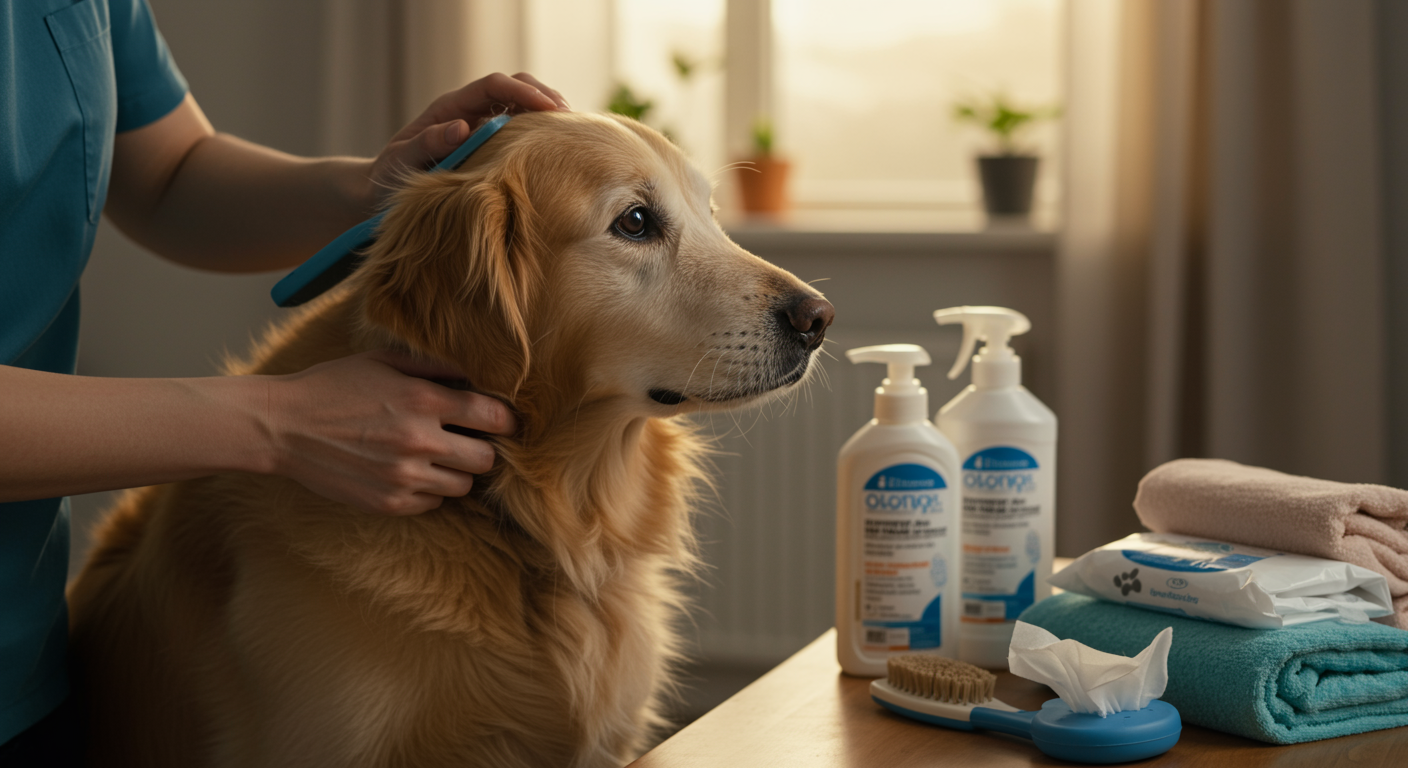
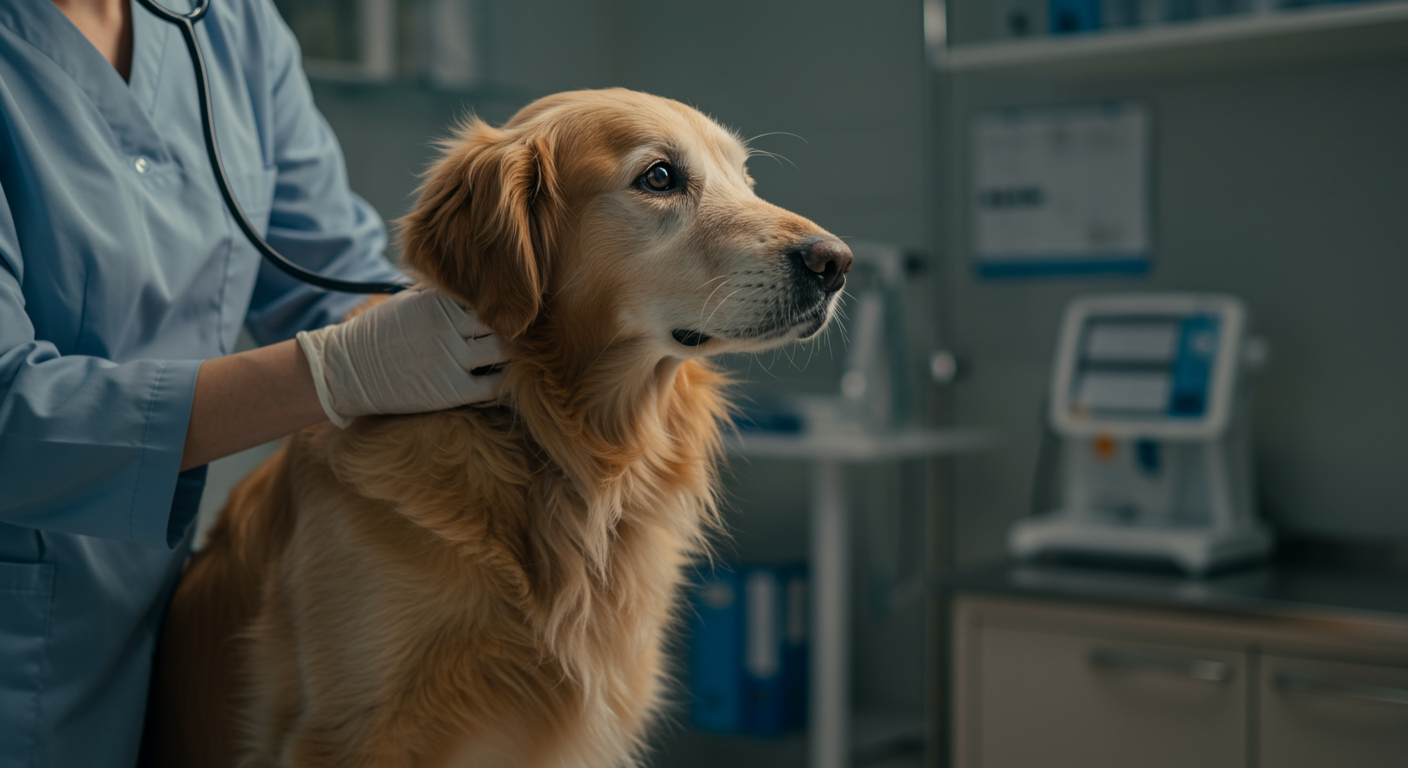
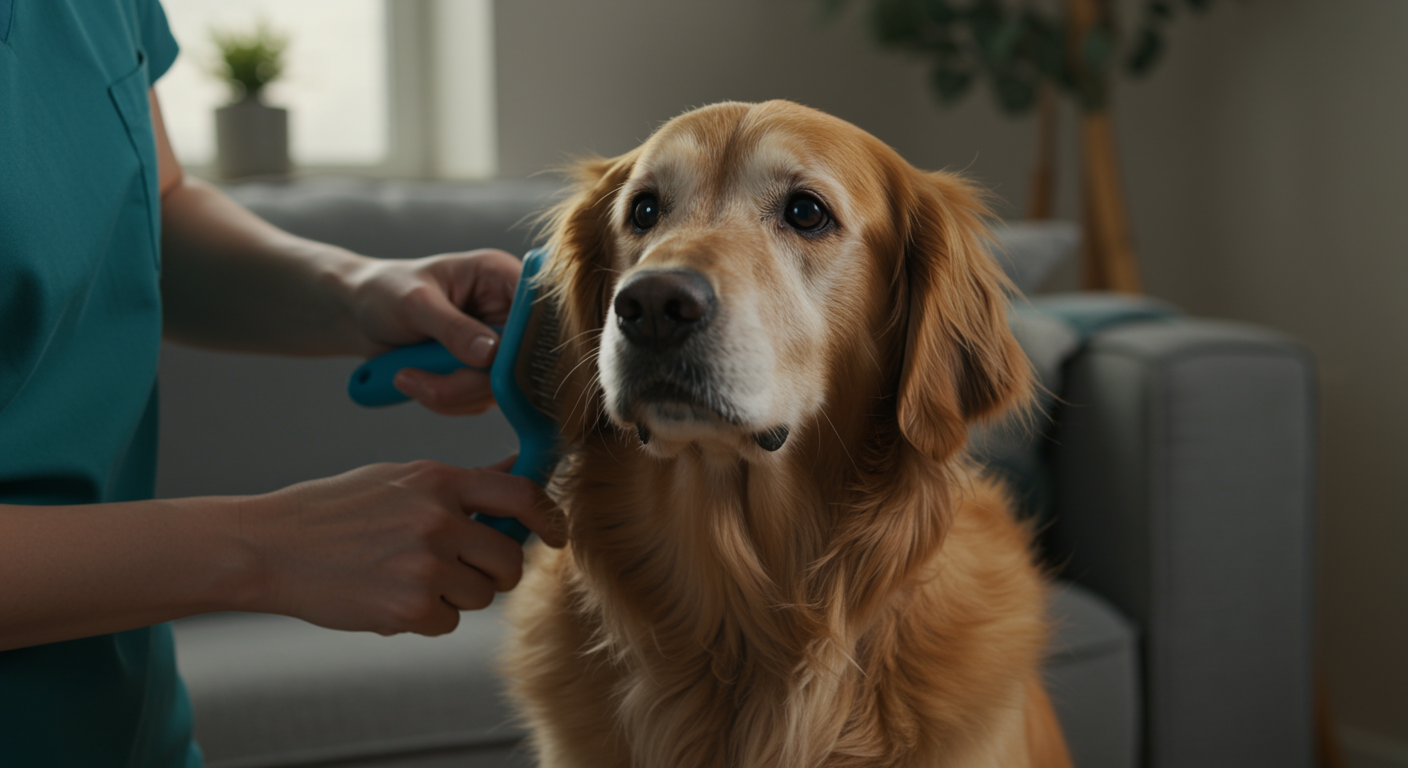
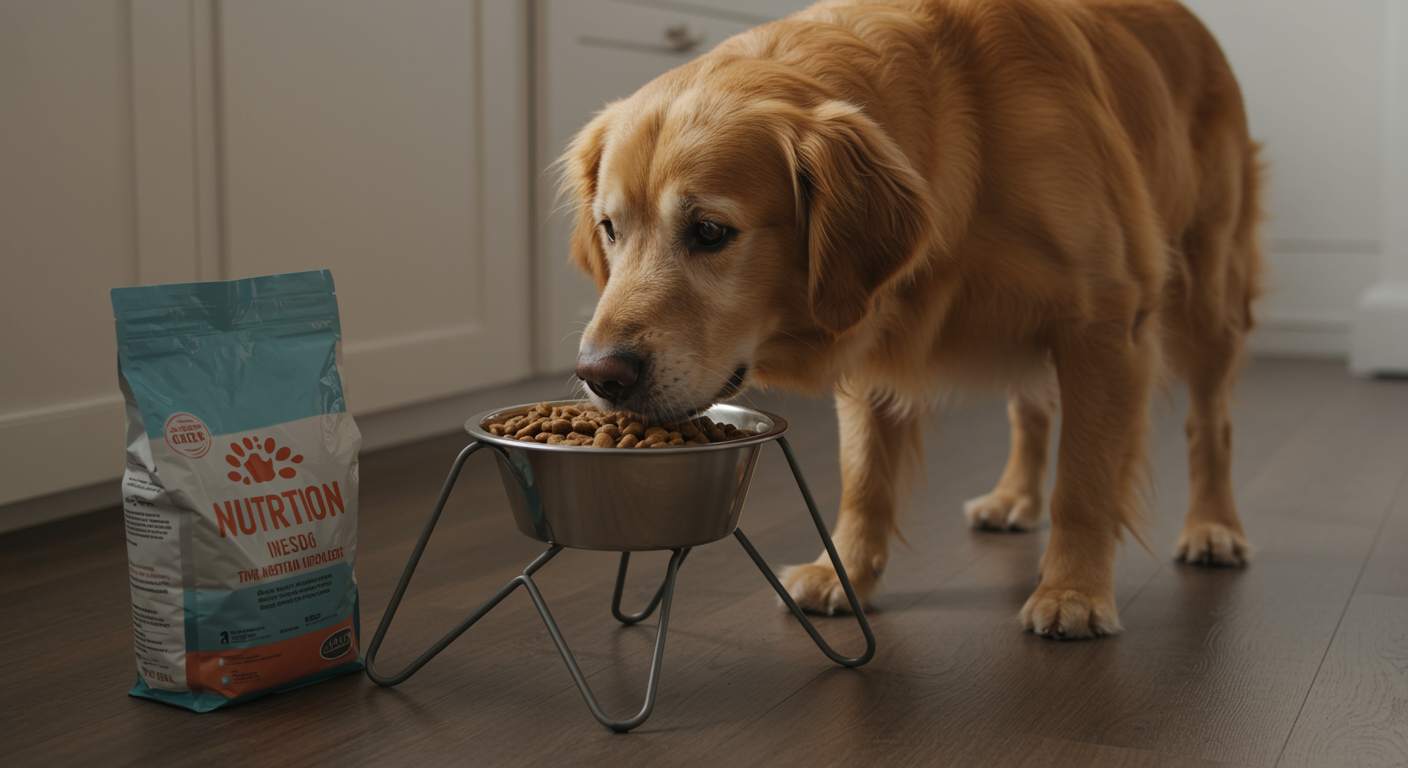
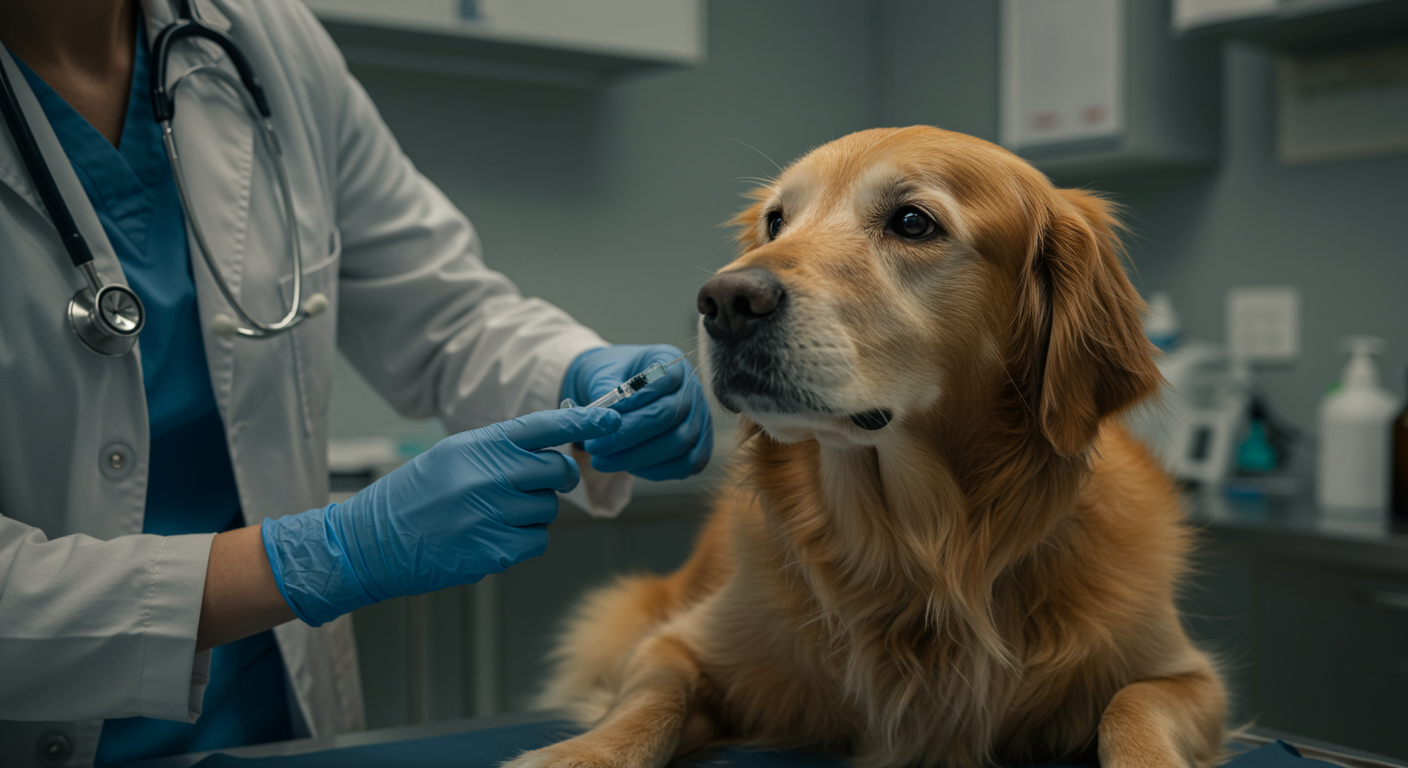
2 thoughts on “Hygiene Care for Senior Golden Retrievers”